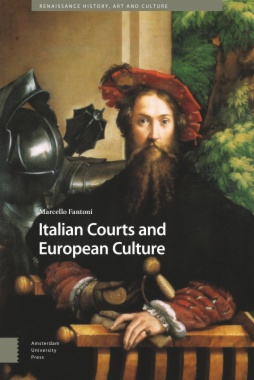Between the fifteenth and the eighteenth century, princely courts dominated the Italian political scene. These courts were effervescent centers of cultural production. As such, they became a model for European monarchies who imported Italian courtly forma del vivere (‘style of life’) to legitimize their power and to define social status. This phenomenon included architecture and painting, theater and music, manners and aesthetics, and all the objects, behaviors and beliefs that contributed to homogenize European culture in the age of the Old Regime. It involved a hemorrhage of art and a continuous circulation of people, texts and symbols. The foundational material for this process was classicism and its purpose was political. This delineates a new geography and chronology of a truly European cultural history. It also provides the key traits for the European cultural identity.
- Cover
- Table of Contents
- Acknowledgments
- Preface
- I. Republics and Princes
- 1. The Historiographical Journey
- 2. Historical Development
- 3. A World of Courts
- 3a What Is the Court?
- 3b Courts Everywhere
- II. Italian Courts and European Culture
- 4. Europe of the Courts
- 4a The Terms of the Question
- 4b From the Middle Ages to the Finis Italiae
- 4c Invasion and Counter-Invasion
- 4d Italian Courts and Renovatio Imperii
- 4e A Queen and Two Kings
- 4f The ‘Second Renaissance’ …
- 4g … and Beyond
- 5. People
- 5a Princesses and Princes
- 5b People Going
- 5c People Coming
- 6. Things
- 6a The Arts Market
- 6b Books
- 6c Language
- III. The Models
- 7. The Spaces
- 8. Images
- 9. The Performing Arts
- 10. The Forma del Vivere
- 10a Dance
- 10b Clothes
- 10c The Gentleman
- IV. Common Denominators
- Conclusion
- Bibliography
- Index

